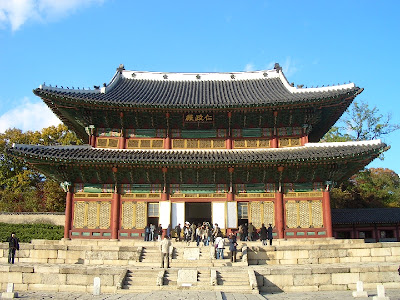
Little Buddha. Kundun. Seven Years in Tibet. The 1990s were a time when movies about Buddhism - more specifically Tibetan Buddhism - flourished on the big screen Hollywood style. This and the Buddhist spiritual beliefs of well-known actors like Richard Gere and Steven Seagal among others clearly shows a certain karmic affinity between Buddhism and the film industry. The resulting large scale Buddhist films of the 1990s offered stunningly beautiful scenes, an exotic local, and served to introduce Buddhism, albeit superficially, to a wider English-speaking audience.



But beyond the film dramatizations of Tibetan Buddhism in the nineties, the meeting of Buddhism with the film and video medium promises much in store for the future. The Buddhist tradition with its assortment visually spectacular worlds, astonishingly intricate rituals, and breath-taking stories of triumph and tribulation, provides rich material for a broad range of film projects. Furthermore, as interest in Buddhism continues to increase in the West, audiences are developing an appetite for Buddhist films. Recently film festivals devoted to Buddhist topics are appealing to broader audiences. Some such festivals combine the performance of Buddhist rituals with film showings and thus allow viewers to experience Buddhism on many different levels.
Film and video are a terrific means of entertainment and humor. Buddhist teachings have also occasionally lent a hand to comic relief as seen in the Korean film "Hi Dharma" which follows the antics of gangsters who take refuge in a Seon(Zen) monastery. But seriously speaking, film and video can be valuable educational tools. In particular, home videos and DVDs can serve as a guide to practitioners learning new meditative techniques, help mediators perfect their current practice and bring the Dharma talks of Buddhist masters from around the world into the home and mind of the American couch potato. Perhaps more importantly, documentary films introduce Buddhist doctrine and show how Buddhism has helped communities survive strife and violence. Such films have also been adept at capturing the role Buddhism plays in keeping immigrant communities together. In these and other ways, the boundaries of Buddhist film continue to expand as film and video increasingly become a part of our everyday lives and spiritual practice.





















 Heinrich Harrer
Heinrich Harrer 布達拉宮, Potala Palace
布達拉宮, Potala Palace






























